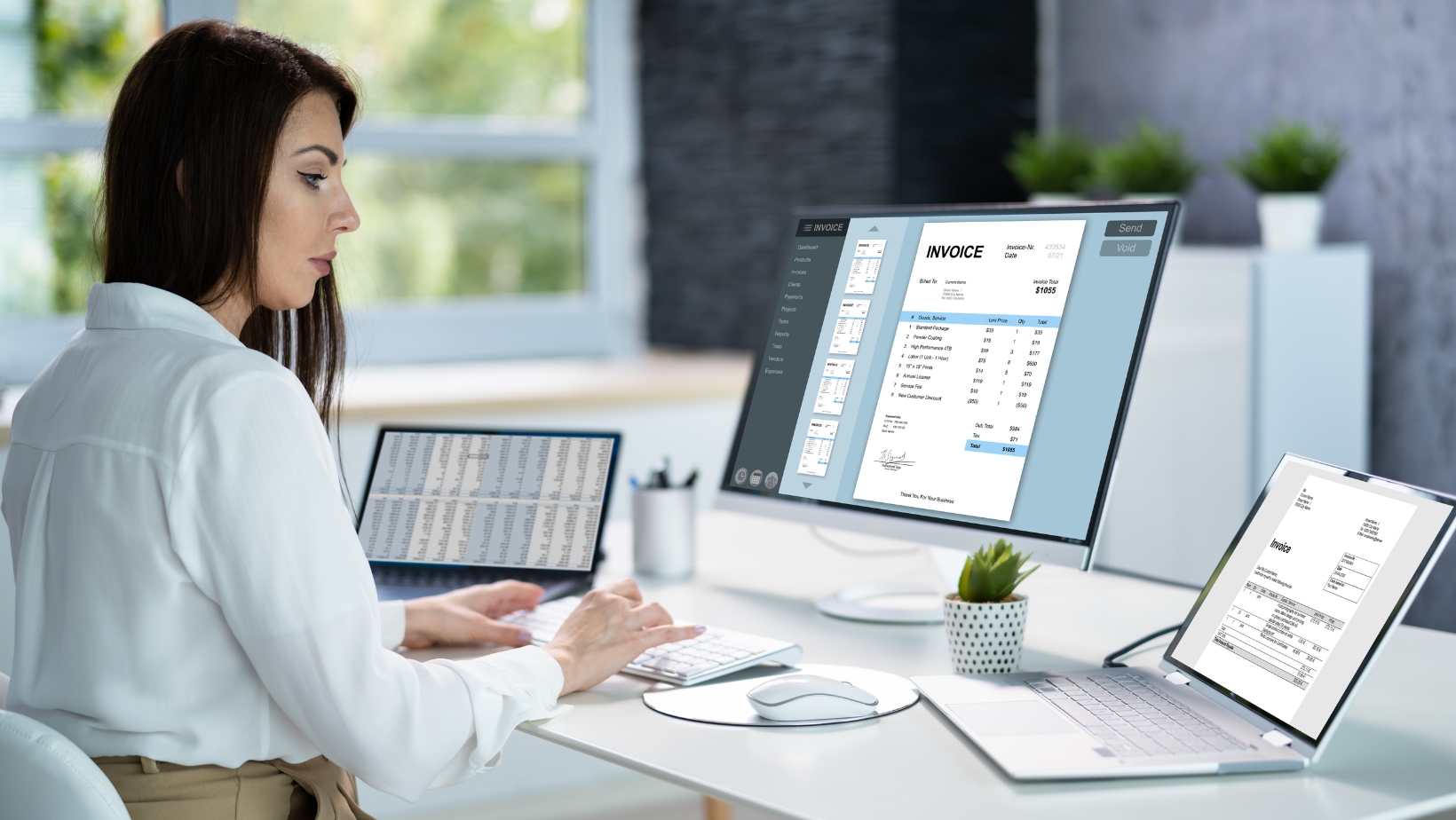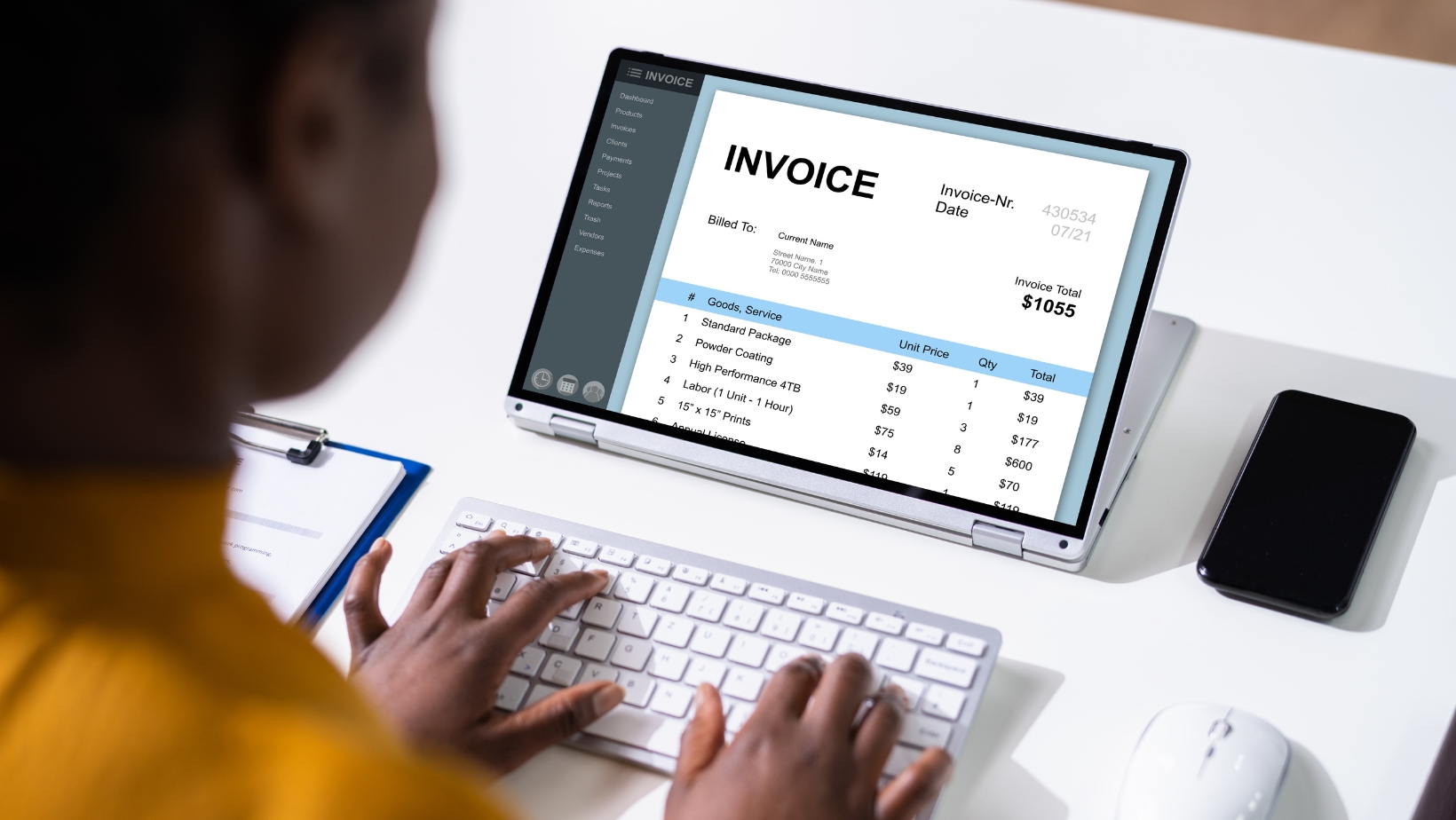
Implementing a digital invoicing system becomes crucial for streamlining billing processes. This move reduces paper waste and clerical errors and enhances efficiency in managing cash flows and billing in arrears.
Transitioning to a digital system can seem daunting, but with the right approach, it’s a smooth process that sets your business up for improved operational accuracy and better customer satisfaction.
Understanding the Basics of Digital Invoicing
Before diving into the technicalities of implementing a digital invoicing system, it’s essential to understand what it involves and its typical features. Digital invoicing systems automate the sending and tracking of invoices, which helps manage billing in arrears effectively.
They provide critical features such as automated reminders, integration with accounting software, and real-time tracking of invoice status, which can drastically reduce your business’s days of sales outstanding (DSO).
Selecting the Right System
Choosing the right digital invoicing system depends largely on your business size, transaction volume, and specific industry needs. It’s important to select a system that can efficiently handle billing in arrears, especially if your business typically bills after services are rendered rather than in advance.
Look for systems that offer flexibility in terms of customization and can integrate seamlessly with your existing financial software.
Ideal Practices for Implementation
Implementing a digital invoicing system requires careful planning and execution.

Here are some best practices to ensure a smooth transition and that the system functions effectively.
Planning and Goal Setting
Begin by defining clear goals for your digital invoicing system. Whether it’s speeding up the billing process, improving invoice accuracy, or managing billing in arrears more effectively, having clear objectives will guide the implementation process.
Plan the rollout in stages, starting with a pilot program to iron out any kinks before going company-wide.
Data Migration and Integration
Migrating data from your old system to the new digital invoicing system is a critical step. Thoroughly check the migrated data against old invoices to ensure data accuracy and completeness.
Integration with other systems, such as CRM and ERP, should be tested to ensure that data flows seamlessly across platforms, enhancing the efficiency of billing in arrears.
Training and Support
For successful implementation, your staff must be well-trained and comfortable with the new system. Invest in comprehensive training sessions that cover all software features, especially those that handle billing in arrears and other financial procedures.
Also, choose a digital invoicing system provider offering excellent customer support for troubleshooting and post-implementation assistance.
Continuous Monitoring and Feedback
Once your digital invoicing system is up and running, continuously monitor its performance and gather user feedback. Regular audits of the system’s effectiveness in handling billing processes, including billing in arrears, can help identify any areas for improvement.

Feedback from staff can provide insights into their practical challenges, allowing adjustments to be made that streamline their work processes further.
Leveraging Digital Invoicing for Business Growth
With a digital invoicing system in place, you can leverage its capabilities to streamline billing processes and drive business growth. Analyze the data collected by your system to gain insights into billing trends, client payment behaviors, and potential cash flow improvements.
This data can be invaluable in making strategic business decisions that enhance profitability.
Improving Customer Relationships
A digital invoicing system can improve customer relationships by providing clear, accurate, and timely invoices. Features like automated billing, easy access to past invoices, and straightforward payment options enhance customer satisfaction.
Additionally, transparency in billing in arrears helps build trust and fosters long-term relationships with your clients.
Conclusion: Realizing the Full Potential
Implementing a digital invoicing system transforms how your business handles transactions and manages relationships. Following best practices for setup, integration, and usage ensures that your billing processes, especially in arrears, are handled efficiently and accurately.
